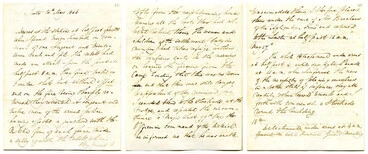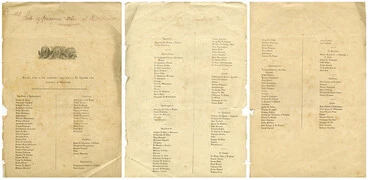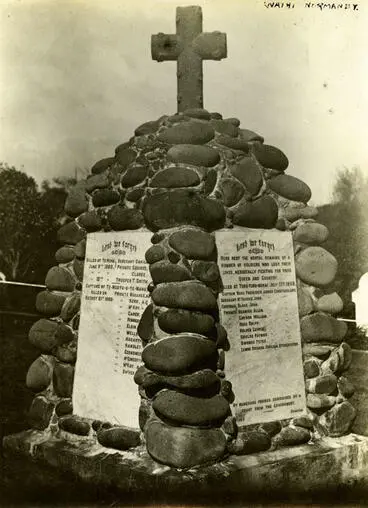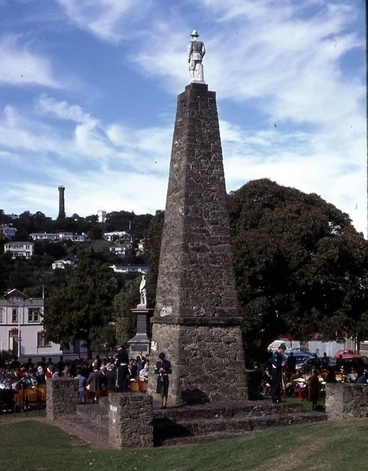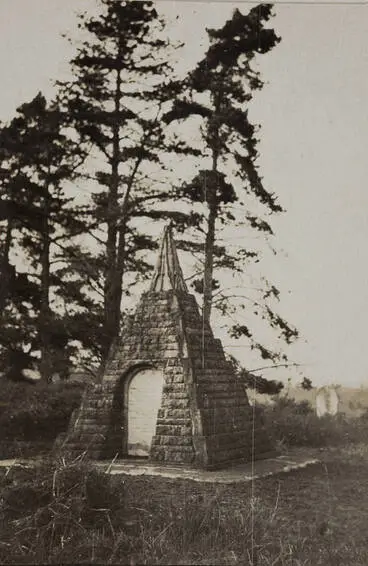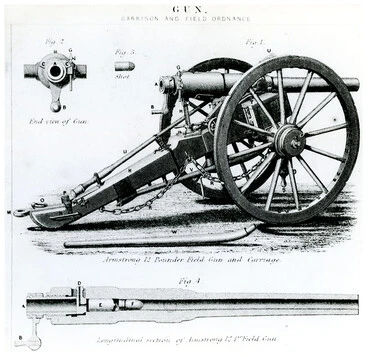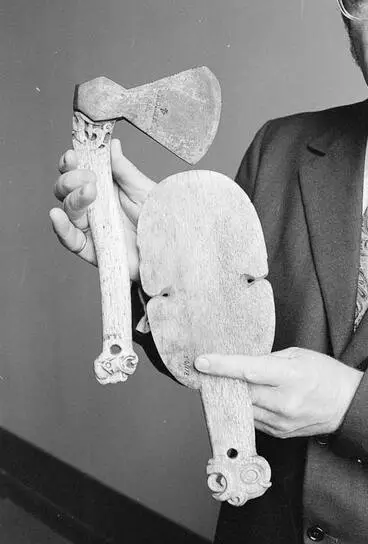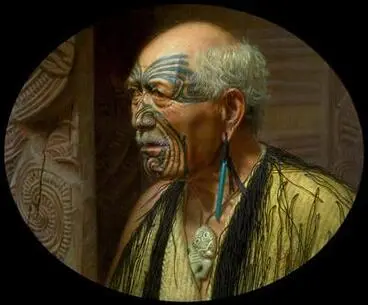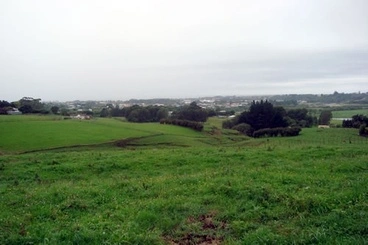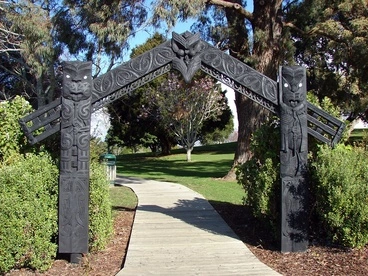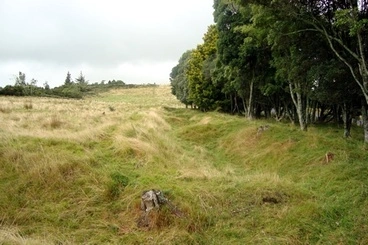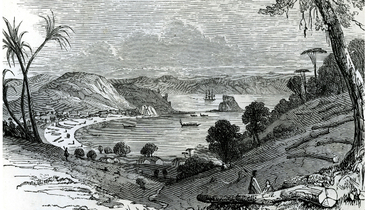Images relating to the New Zealand Wars
A DigitalNZ Story by National Library Services to Schools
Images relating to a series of wars in New Zealand between the British Crown and Māori that began in the 1840s.
Toitū he kāinga, whatu ngarongaro he tangata
While the land remains the inhabitants are gone
THE NEW ZEALAND WARS - NGĀ PAKANGA O AOTEAROA
The New Zealand wars were a series of mid-19th-century battles between some Māori tribes and government forces (which included British and colonial troops) and their Māori allies, who were sometimes known as kūpapa.
Source: New Zealand wars, Te Ara - the Encyclopedia of New Zealand, (accessed 10 July 2019)
New Zealand Wars map
Manatū Taonga, the Ministry for Culture and Heritage
Waikato War map
Manatū Taonga, the Ministry for Culture and Heritage
IMPACT
Figures are uncertain, but about 560 British and colonial troops, 250 kūpapa and 2,000 Māori fighting the Crown may have died in the wars. Māori who had fought the Crown lost large areas of land – a total of about 1 million hectares initially, before some land was returned.
Source: New Zealand wars, Te Ara - the Encyclopedia of New Zealand, (accessed 10 July 2019)
MAPS
Confiscation of Māori land
Manatū Taonga, the Ministry for Culture and Heritage
Confiscated territory after the Maori Wars, in the Waikato, 1864
Archives New Zealand Te Rua Mahara o te Kāwanatanga
LEADERS
The New Zealand wars left a long memory in the Māori community. Those tribes which had fought against the Crown, especially if they suffered from land confiscation, remained pained and at times bitter. This was reflected in the unwillingness of Taranaki and Waikato Māori to enlist in the First World War.
Source: New Zealand wars, Te Ara - the Encyclopedia of New Zealand, (accessed 10 July 2019)
Hēnare Taratoa
Manatū Taonga, the Ministry for Culture and Heritage
Tōpine Te Mamaku
Manatū Taonga, the Ministry for Culture and Heritage
Te Ua Haumēne
Manatū Taonga, the Ministry for Culture and Heritage
Te Rauparaha
Manatū Taonga, the Ministry for Culture and Heritage
Tītokowaru
Manatū Taonga, the Ministry for Culture and Heritage
Wiremu Tāmihana
Manatū Taonga, the Ministry for Culture and Heritage
Rewi Maniapoto
Manatū Taonga, the Ministry for Culture and Heritage
Rua Kenana
Alexander Turnbull Library
Portrait of Rangihaeata
Museum of New Zealand Te Papa Tongarewa
Hōne Heke, Kawiti and Hariata Rongo
Manatū Taonga, the Ministry for Culture and Heritage
Portrait of Hoani Wiremu Hīpango
Manatū Taonga, the Ministry for Culture and Heritage
Tohu Kākahi
Manatū Taonga, the Ministry for Culture and Heritage
Te Kooti
Auckland Art Gallery Toi o Tāmaki
Te Kooti
Auckland Art Gallery Toi o Tāmaki
Strutt, William 1825-1915 :Hone Ropiha, a powerful chief in the Taranaki district... 1856
Alexander Turnbull Library
[Artist unknown] :[Wiremu Henare Taratoa offers water to Lieutenant-Colonel Booth, 1864. 1860s?].
Alexander Turnbull Library
Mete Kīngi Paetahi
Manatū Taonga, the Ministry for Culture and Heritage
Governor Sir George Grey
Auckland Art Gallery Toi o Tāmaki
Thomas McDonnell
Manatū Taonga, the Ministry for Culture and Heritage
Gustavus Ferdinand von Tempsky
Alexander Turnbull Library
Duncan Cameron and troops
Manatū Taonga, the Ministry for Culture and Heritage
Captain John Bryce, Kai Iwi Volunteers
Museum of New Zealand Te Papa Tongarewa
Sir Trevor Chute, 1816-1886
Alexander Turnbull Library
Sir Thomas Gore Browne
Manatū Taonga, the Ministry for Culture and Heritage
Photograph: Colonel Whitmore
Canterbury Museum
CAMPAIGNS
1840s
The first series of wars took place in the 1840s, when Māori were still a majority of the population, although Pākehā dominated the towns. The 1840s wars began with fighting between Ngāpuhi and government troops at Kororāreka (Russell) in 1845. A series of battles were fought in the Bay of Islands until early 1846. Later that year there was fighting between government and Māori in Wellington, and there were battles in Whanganui in 1846 and 1847.
Source: New Zealand wars, Te Ara - the Encyclopedia of New Zealand, (accessed 10 July 2019)
Ruapekapeka pā painting
Manatū Taonga, the Ministry for Culture and Heritage
Hōne Heke's pā at Ōhaeawai
Manatū Taonga, the Ministry for Culture and Heritage
[Page, George Hyde] 1823-1908 :[The battle of Okaihau. 1845]
Alexander Turnbull Library
[Page, George Hyde] 1823-1908 :[The fight at Battle Hill, Horokiwi, 6th August, 1846.]
Alexander Turnbull Library
1860s AND 1870s
The most sustained and widespread campaign was the clash between the British Empire and the Māori king fought in Taranaki, Waikato and the Bay of Plenty between 1860 and 1864. The last period of the wars, from 1864 to 1872, was largely fought by colonial troops and their Māori allies against followers of Māori prophetic leaders. These wars occurred in Taranaki, East Coast and the central North Island.
Source: New Zealand wars, Te Ara - the Encyclopedia of New Zealand, (accessed 10 July 2019)
Redmayne, Thomas, fl 1880s-1890s :Attack on the Maori Pah at Rangiriri. [1863]
Alexander Turnbull Library
The gunboat Pioneer at anchor off Meremere
Manatū Taonga, the Ministry for Culture and Heritage
‘The war council’
Manatū Taonga, the Ministry for Culture and Heritage
'Encampment of Chute's forces near Pūtahi pā, on the Whenuakura River'
Manatū Taonga, the Ministry for Culture and Heritage
Ake! Ake! Ake! Rewi defying the British troops at Orakau.
University of Otago
Surrender of Ngāi Te Rangi
Manatū Taonga, the Ministry for Culture and Heritage
Battle at Puketutu
Manatū Taonga, the Ministry for Culture and Heritage
View of Mt Egmont, Taranaki, New Zealand, taken from New Plymouth, with Maoris driving off settlers’ cattle
Museum of New Zealand Te Papa Tongarewa
Patea. Our seige train and flying artillery.
University of Otago
Waitara camp
Manatū Taonga, the Ministry for Culture and Heritage
An incident during a Hau-hau raid on a settler’s farm.
University of Otago
Death of Major Von Tempsky
Te Whare o Rehua Sarjeant Gallery
1880-1916
In Taranaki peaceful protests against land confiscations were led by prophets Te Whiti-o-Rongomai and Tohu Kākahi at Parihaka. Parihaka was occupied by government forces on 5 November 1881 and the settlement was partially destroyed. Protests against land confiscation continued.These wars occurred in Taranaki, East Coast and the central North Island.
The last skirmish between the government and Māori occured in 1916 with the arrest of Rua Kēnana at Maungapōhatu. Two Tūhoe men were killed during a firefight.
Source: New Zealand wars, Te Ara - the Encyclopedia of New Zealand, (accessed 10 July 2019)
Parihaka
Manatū Taonga, the Ministry for Culture and Heritage
Volunteers in Camp, Parihaka
Alexander Turnbull Library
Parihaka
Manatū Taonga, the Ministry for Culture and Heritage
Parihaka
DigitalNZ
Arrest of Rua Kēnana
Manatū Taonga, the Ministry for Culture and Heritage
Police and politics: arrest of Rua Kēnana, 1916
Manatū Taonga, the Ministry for Culture and Heritage
SOLDIERS
Maori man in 'flying column' garb
Museum of New Zealand Te Papa Tongarewa
Unidentified male
Auckland Art Gallery Toi o Tāmaki
Wiremu Maihi Te Rangikaheke
Auckland Art Gallery Toi o Tāmaki
Roto Kakahi. Group of Native Troops at Hot Springs District.
Auckland War Memorial Museum Tāmaki Paenga Hira
Maori Hauhau prisoners on Napier foreshore
Alexander Turnbull Library
Soldiers guard Māori prisoners, 1867
Manatū Taonga, the Ministry for Culture and Heritage
Māori War veterans foregather at New Plymouth
Auckland Libraries
Maori survivors of war
Alexander Turnbull Library
Māori War Veteran
Auckland Libraries
Captain Mair's flying column, 1870
Manatū Taonga, the Ministry for Culture and Heritage
Veteran of the War Days - Koriniti
Museum of New Zealand Te Papa Tongarewa
CORRESPONDENCE
List of Māori Prisoners from New Zealand Land Wars [1 of 9]
Archives New Zealand Te Rua Mahara o te Kāwanatanga
Journal of the duties performed by the Hutt Militia, May 1846
Archives New Zealand Te Rua Mahara o te Kāwanatanga
Printed list of Māori Prisoners taken at Rangiriri (1863)
Archives New Zealand Te Rua Mahara o te Kāwanatanga
MEMORIALS
Whanganui Māori war memorial
Manatū Taonga, the Ministry for Culture and Heritage
'Maori War Memorial', Pokeno, 1925
Auckland Libraries
WEAPONS
Kotiate (short striking weapon), 'Apanui'
Museum of New Zealand Te Papa Tongarewa
Armstrong 12 Pounder Field Gun
Archives New Zealand Te Rua Mahara o te Kāwanatanga
Weapons carried by Te Kooti and Peka Makarini
Manatū Taonga, the Ministry for Culture and Heritage
Patiti
Auckland War Memorial Museum Tāmaki Paenga Hira
Musket
Puke Ariki
Flintlock musket
Museum of New Zealand Te Papa Tongarewa
TODAY
Battle of Te Ranga Commemoration (21 June 2016)
Tauranga City Libraries
Rewi's last stand
Manatū Taonga, the Ministry for Culture and Heritage
Puketakauere battle scene today
Manatū Taonga, the Ministry for Culture and Heritage
Gate Pā memorial reserve
Manatū Taonga, the Ministry for Culture and Heritage
Sap at Te Ārei today
Manatū Taonga, the Ministry for Culture and Heritage
EXPLORE THESE TOPICS
Treaty of Waitangi
DigitalNZ
This story was curated and compiled by Te Puna Mātauranga o Aotearoa | National Library of New Zealand, Services to Schools staff.
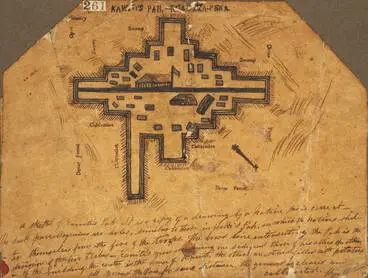
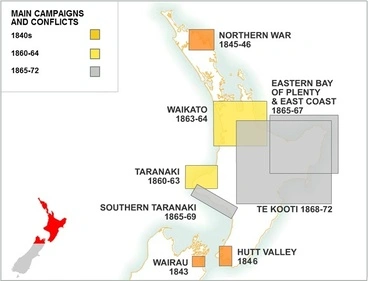
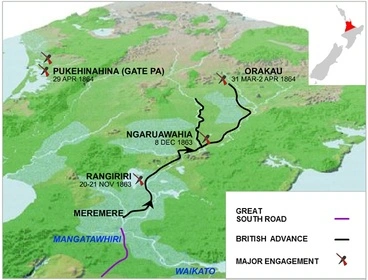
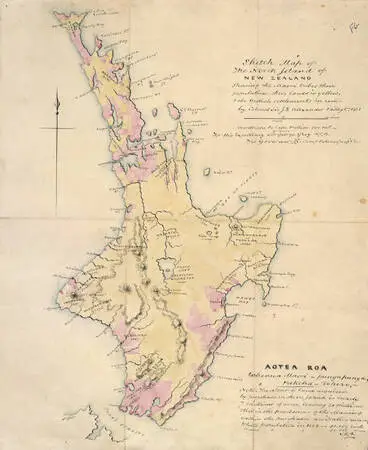

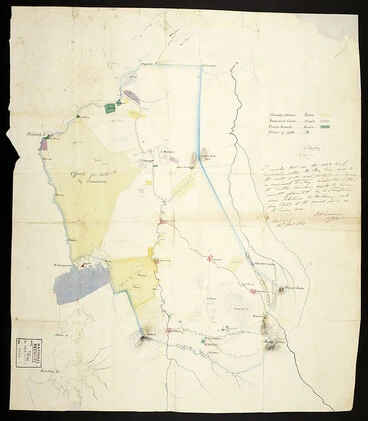
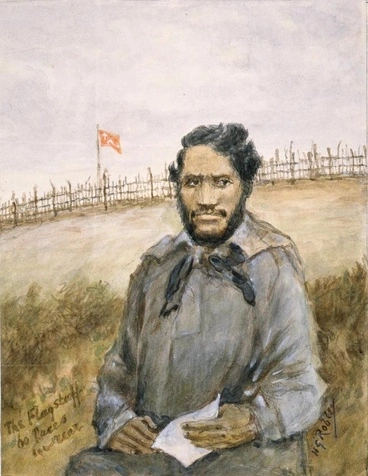
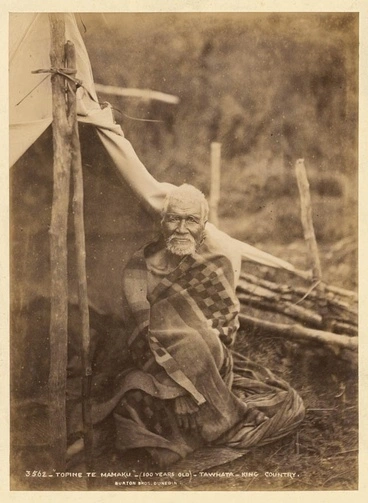
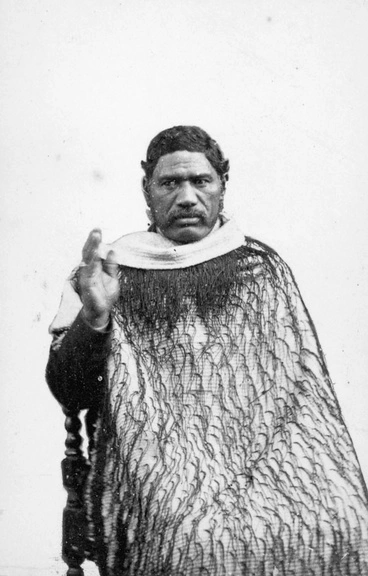




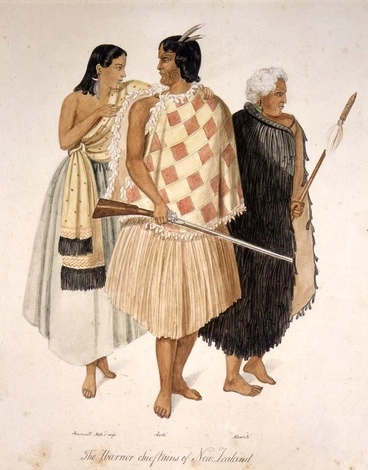
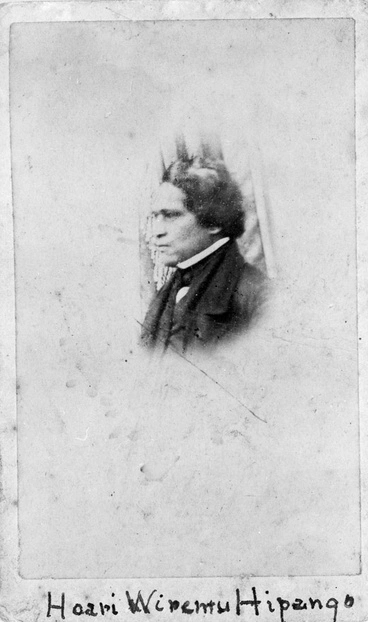
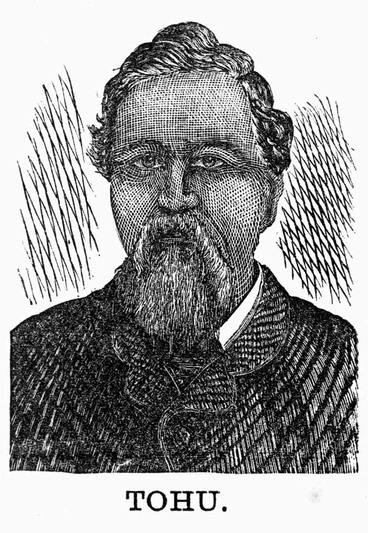
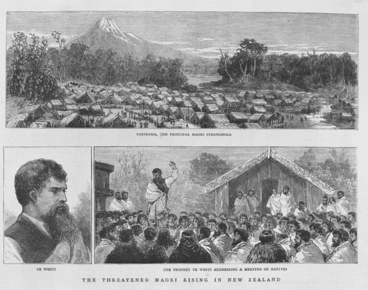
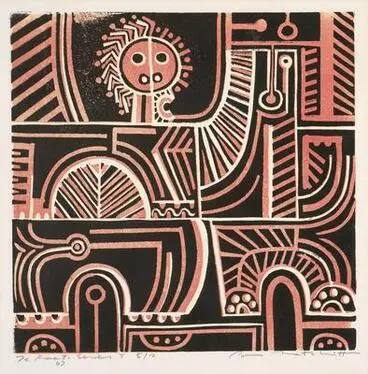
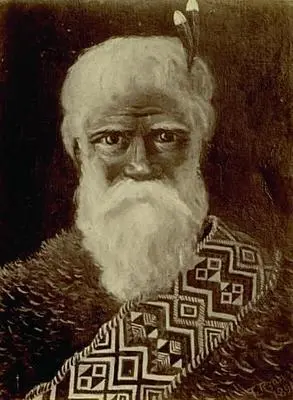
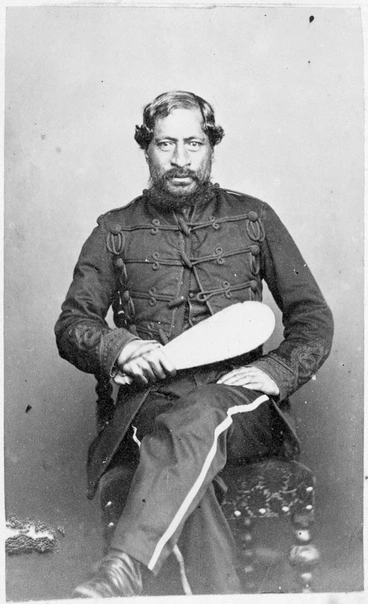
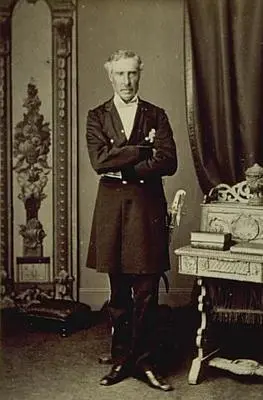
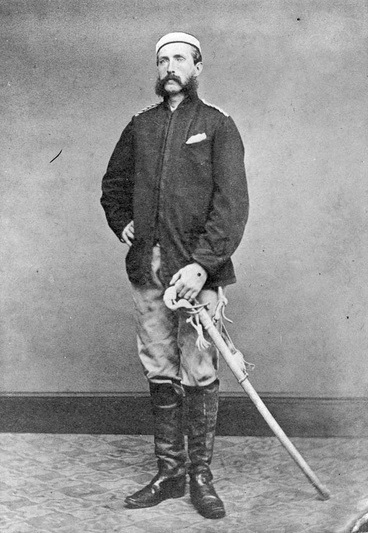


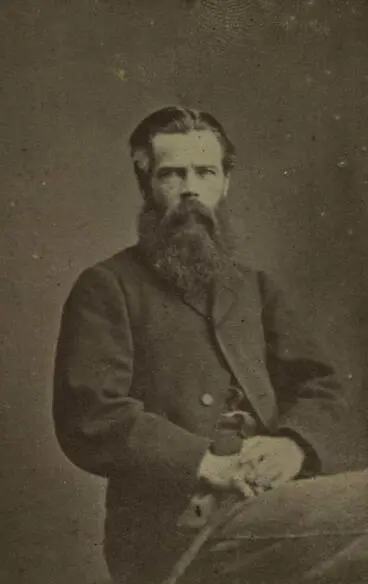
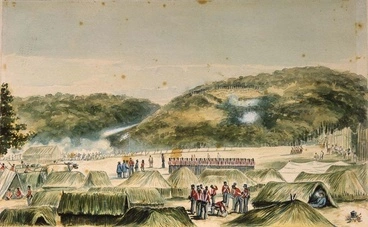
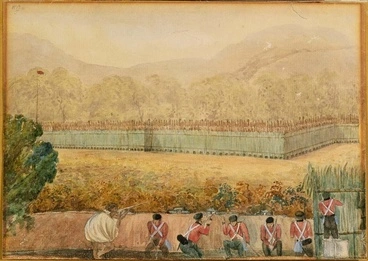
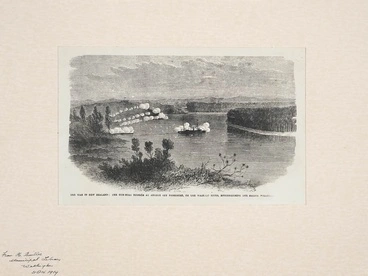


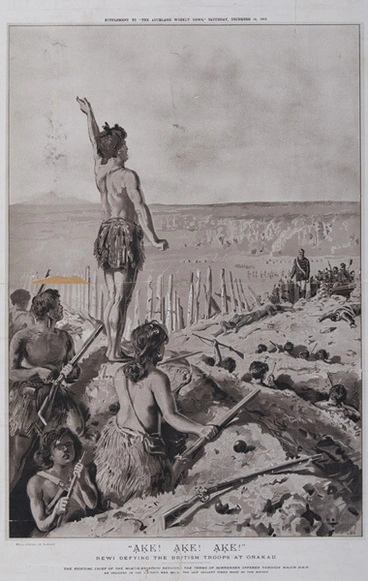
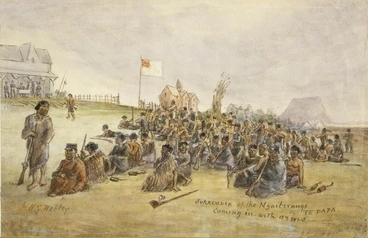

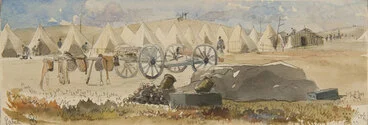

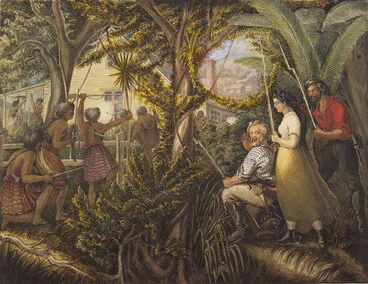
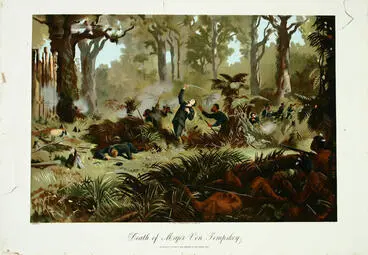
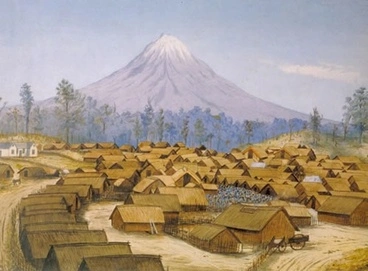






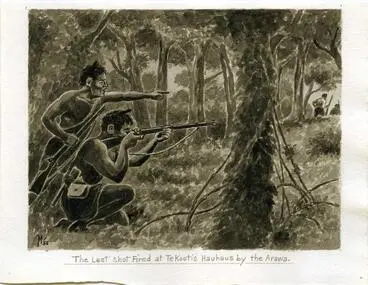

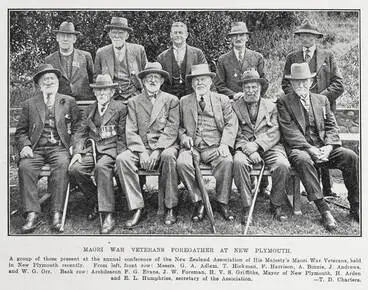
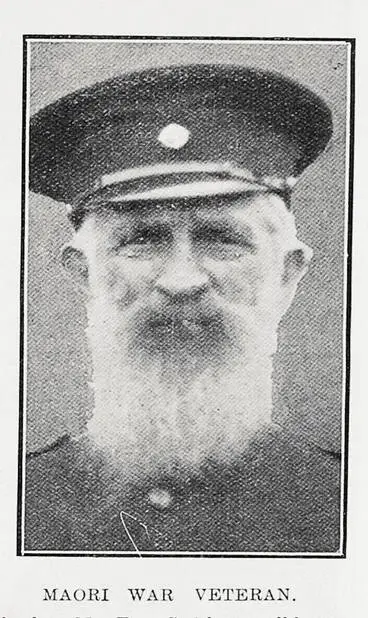
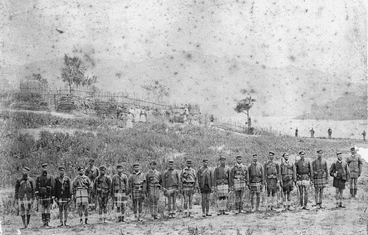
![List of Māori Prisoners from New Zealand Land Wars [1 of 9] Image: List of Māori Prisoners from New Zealand Land Wars [1 of 9]](https://thumbnailer.digitalnz.org/?resize=770x&src=https%3A%2F%2Flive.staticflickr.com%2F7719%2F17183912653_ba0d50b6a2_z.jpg&resize=368%253E)
